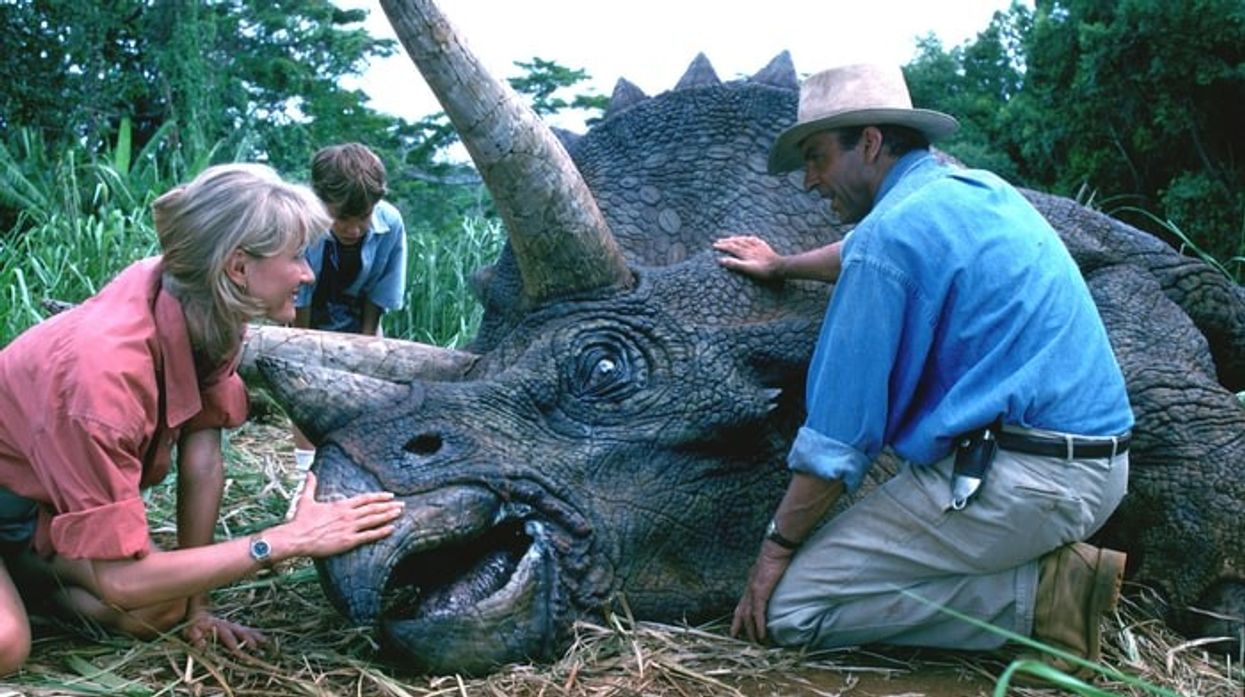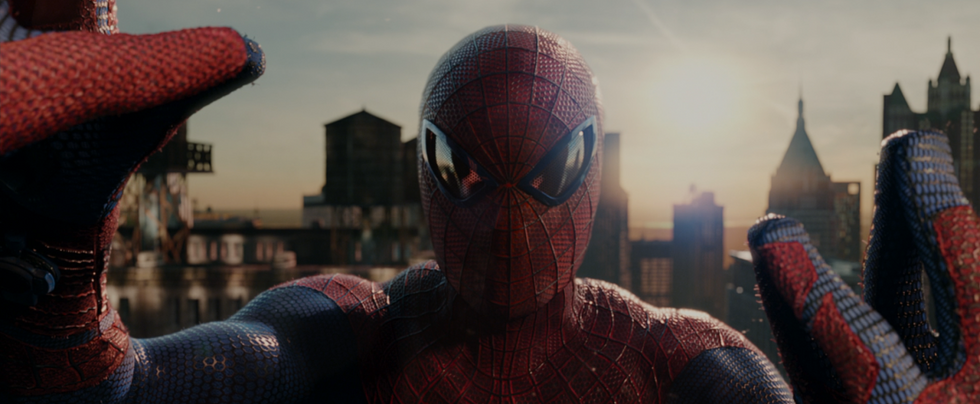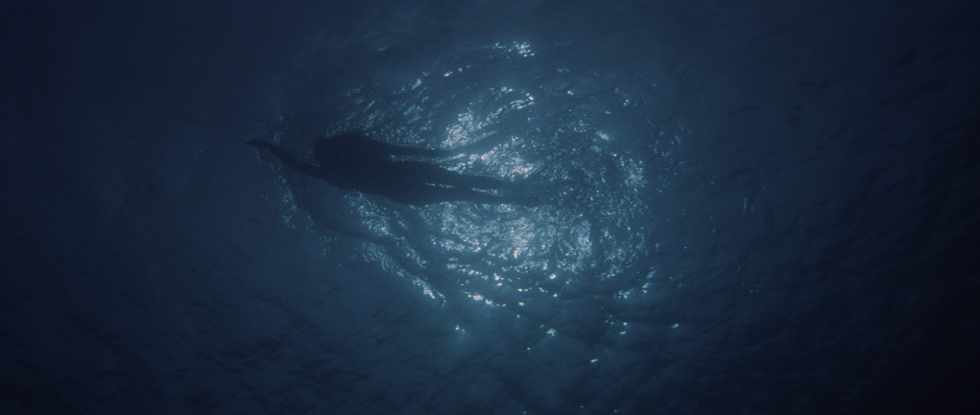Watch: 3 Ways to Enhance Your Story with Lighting from 'Jurassic Park' DP Dean Cundey
Throughout his career, the DP has filmed dinosaurs, pirates, ghosts, and two Lindsay Lohans.

Even if you're unfamiliar with the name Dean Cundey, you've certainly watched a few of the films the great cinematographer has shot. Having been nominated for an Academy Award for Who Framed Roger Rabbit?, Cundey's career includes relationships with some of the most popular American directors of the 20th century: Steven Spielberg on Hook and Jurassic Park, Robert Zemeckis on the Back to the Future trilogy, Roger Rabbit, and Death Becomes Her, Ron Howard on Apollo 13, John Carpenter on Halloween,The Fog, The Thing, Escape from New York, and Big Trouble in Little Trouble in China, and countless others.
In a new video by wolfcrow, the art of Cundey's cinematography is described and justified for its subtle panache and unfussy craftsmanship. No one can light a scene quite like Cundey, and below we break down a few of the DP's trusted techniques.
1. Light realistically
Don't get overwhelmed if you're tasked with working on a special effects-heavy film cluttered with animatronics and CGI. If you've been hired to seamlessly blend these digital creations into live-action, they key is to streamline everything on screen to appear as realistic as possible. Having worked on numerous films where that was the ultimate goal, Cundey had massive clout when working with some of Hollywood's most powerful directors.
As wolfcrow notes, "It was Dean Cundey's decision to light the dinosaurs realistically [in Jurassic Park], bringing out the textures and making them more life-life and menacing. Even today, Jurassic Park stands scrutiny and is a tremendous visceral experience, and the lighting style in the movie plays a significant role in how we approach it emotionally." Having shot Who Framed Roger Rabbit? and Looney Tunes: Back in Action, Cundey also applies this technique to 2D animation intersected with live-action footage.
2. Light as a form of dramatization
If you really want your cinematography to enhance the story nonverbally, brainstorm ways to light your subjects in specific ways that boost character. Lighting can serve as a narrative clue that only the viewer can subconsciously pick up on, and in the case of John Carpenter's The Thing, it can reward repeated viewings.
"One great example is from The Thing," wolfcrow notes, "where during the blood test scene, the individual without the cache light in the eye is the odd one out." Now, this isn't something you would necessarily pick up upon a first viewing, but knowing who the "thing is" coming into the film allows for viewers to appreciate the way Cundey's cinematography subtly shows its hand.
3. There's no one right way to light a face
Find the lighting that best complements what the scene is attempting to accomplish. A fan of the standard three-quarter lighting? Like to employ lighting sandwiches so that an actor's face is equally lit on both sides (with darkness at the center of the "sandwich")? Incorporate what works best.
Cundey greatly enjoys the light sandwich, as it provides an ominous, often eerie effect that implies something sinister; if two sides of a face are lit and the most focal point isn't, the use of shadowing serves as a protective veil that hides an actor's eyes. So too do venetian blind effects and lighting cookies, obscuring different parts of an actor's body and face to enhance (or obscure) narrative information.
What are some of your favorite lighting techniques? Are you a fan of shadows, ala Gordon Willis? Love the roaming camerawork of Emmanuel Lubezki? Let us know in the comments below.

 'The Amazing Spider-Man' (2012)
'The Amazing Spider-Man' (2012) 'Jaws' (1975)
'Jaws' (1975)









